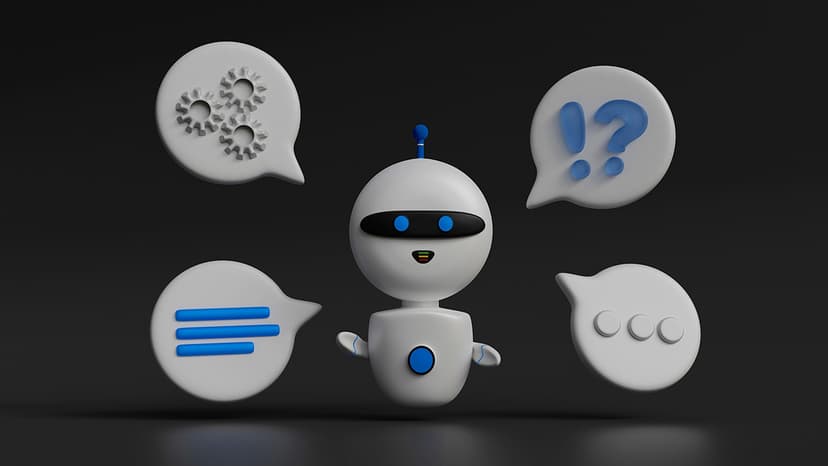Product Development Cycle: From Idea to Market Delivery
The product development cycle is the process that takes a product from its initial idea to market release and beyond. This cycle includes multiple departments within a company, such as product managers, developers, designers, and QA testers. It is crucial for the successful development and delivery of a product that meets customer needs.
Understanding the Product Development Cycle Stages
The product development cycle consists of several stages, each playing an essential role in bringing a product to market. The stages can vary in naming, but the overall process remains the same. Here are the key stages:
1. Idea Generation (Ideation)
The product development process begins with idea generation. This stage involves brainstorming and generating new product ideas based on customer needs, concept testing, and market research. Companies explore various possibilities and identify concepts that could meet specific market demands.
2. Research and Planning
Following idea generation, thorough research and planning are necessary. This stage analyzes market trends, competitors, and customer preferences. By conducting market research, companies gain insights that inform their product development strategy and help create a well-defined product roadmap.
3. Product Design and Development
With a clear understanding of market requirements, the product design and development stage begins. This involves transforming the concept into a tangible product through creating prototypes, conducting iterative testing, and refining the design for functionality, usability, and quality. Collaboration between designers, developers, and engineers is vital during this stage.
4. Testing and Quality Assurance
Rigorous testing and quality assurance are part of the product development cycle to ensure the product meets desired standards. This stage identifies and eliminates defects or issues before market release. Thorough testing enhances product performance and boosts customer satisfaction.
5. Release and Commercialization
Once testing is complete, the product is ready for release and commercialization. This stage involves creating marketing strategies, setting pricing, and planning distribution channels. Companies need to effectively communicate the product's value and generate excitement around its launch.
6. Feedback and Iteration
After launch, gathering customer feedback becomes essential. This stage allows companies to understand the product's market performance and whether adjustments are needed. Continuous feedback and iteration enable product teams to refine their offerings based on real-world experiences.
Importance of Following a Product Development Cycle
A structured product development cycle is important for companies to streamline processes and maximize success. Key reasons include:
-
Reduced Risk: Identifying potential risks early enables data-driven decisions, reducing costly mistakes.
-
Effective Resource Allocation: Clear milestones and deliverables ensure efficient resource use throughout the development process.
-
Customer-Centric Approach: Emphasizing customer needs leads to products that address real pain points.
-
Improved Time-to-Market: Streamlining processes through a structured cycle accelerates development and shortens time-to-market.
-
Continuous Improvement: Gathering feedback and iterating allow companies to optimize products based on customer insights and market changes.
The product development cycle guides companies from idea to market delivery through ideation, research, design, testing, release, and feedback. Following this cycle offers benefits such as reduced risk, effective resource allocation, customer focus, improved launch speed, and ongoing improvement. Companies can increase their chances of developing successful products that meet customer needs by adhering to this structured process.












